I want to create a new philosophy – a new way we as humans view walking.
Packed and ready to go, I checked the weather forecast: Sunday, Monday; sunshine, Tuesday, Wednesday; rain, and Thursday, Friday; sunshine. Guess which two days I would be joining the Papersky Old Japanese Highway walking team? Yup, we were going to get wet!
This is my journey to Yaizu, Shizuoka to learn more about Lucas B.B. and his new 160km long walking trail.
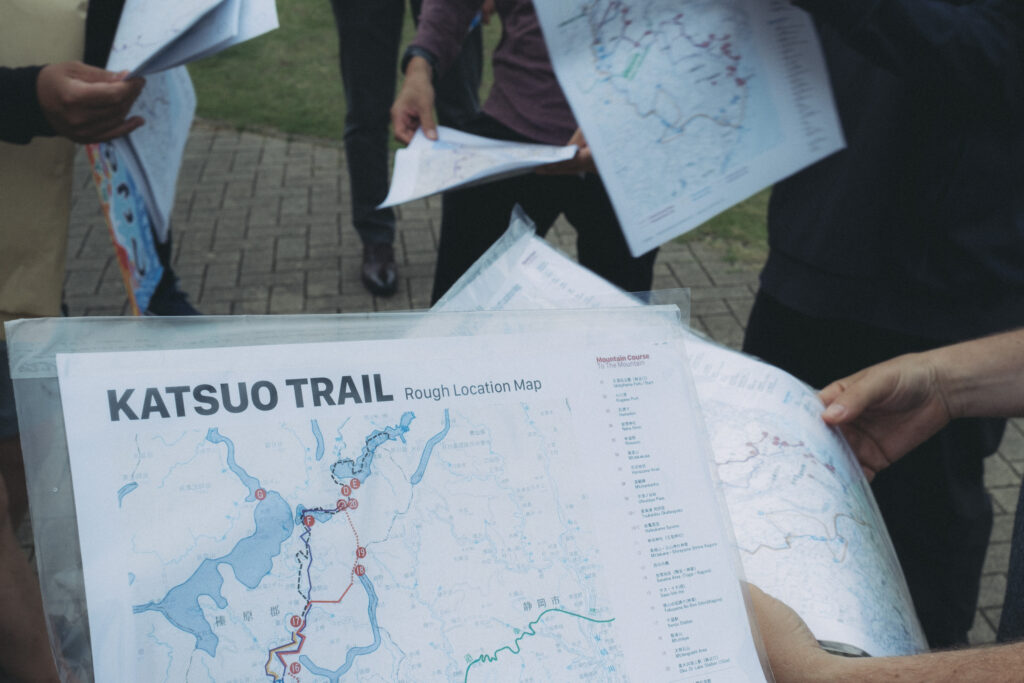
Day 1 — “The most important thing was to begin with a story.“
Drenched with 20km still ahead to walk, soaked to the skin; all seven of us loving it! “Trail learning…” Lucas explained as we made our way down from Mount Mankanho walking a single track more like a river than a trail “…is about learning merely by walking”. We were attempting the first exploration of Lucas’s new walking project; the Katsuo Trail. I was joining for the first two days, I wished I could stay for all seven and learn more about Shizuoka, my companions and myself.
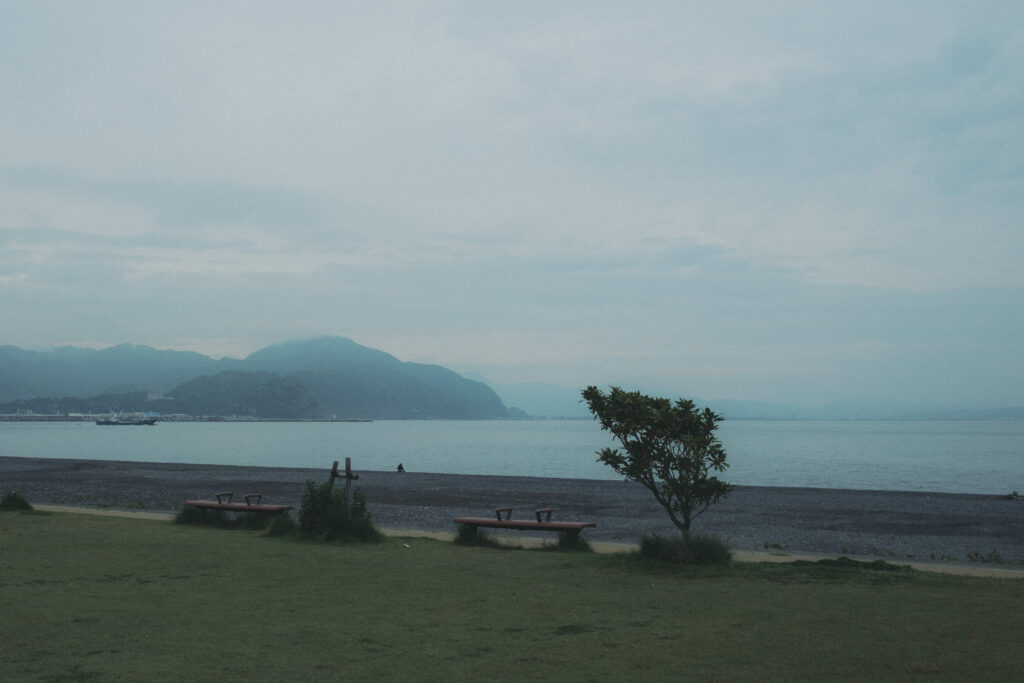
15km back we left the beachside Ishizuhama Park with an iconic Shizuoka view of Mount Fuji across the deepest bay in Japan. Lucas knew this had to be the start for his Trail. He also knew Okuōikojō Station would be the goal; an idyllic train station situated on an island-like mountain surrounded by turquoise water, trees and tea fields. When making a new trail Lucas continues “I thought the most important thing was to begin with a story“. But what was the story connecting these two fantastic locations and why the name Katsuo Trail?

Walking the first few kilometres along the coast, past fishing boats and small businesses preparing and selling Katsuo (skipjack tuna) related produce. Dipping into shops to pick up Bonito flake cookies, canned Katsuo and snacks. One shop felt like a museum with photographs tacked to the wall. Lucas was our guide, as we walked he talked, keeping interests high with local knowledge and stories. “Yaizu is famous for Katsuo, they catch more of it here than anywhere else in Japan.” He went on to explain how the fishing boats we passed had traditionally been made from trees grown deep in the mountains of Kawanehon; the trail goal. The logs once floated down the rivers until reaching the Suruga Bay; the trail’s start. Here Yaizu Shipbuilders skillfully worked the wood into fishing boats used to catch Katsuo and other fish found in the Suruga Bay’s deep trench.
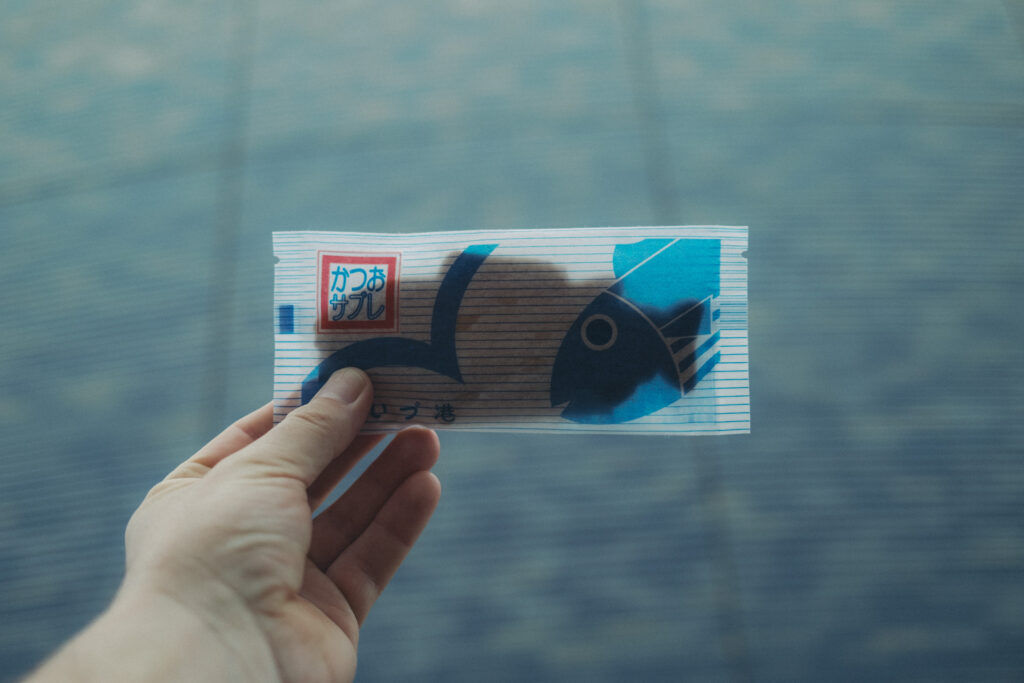
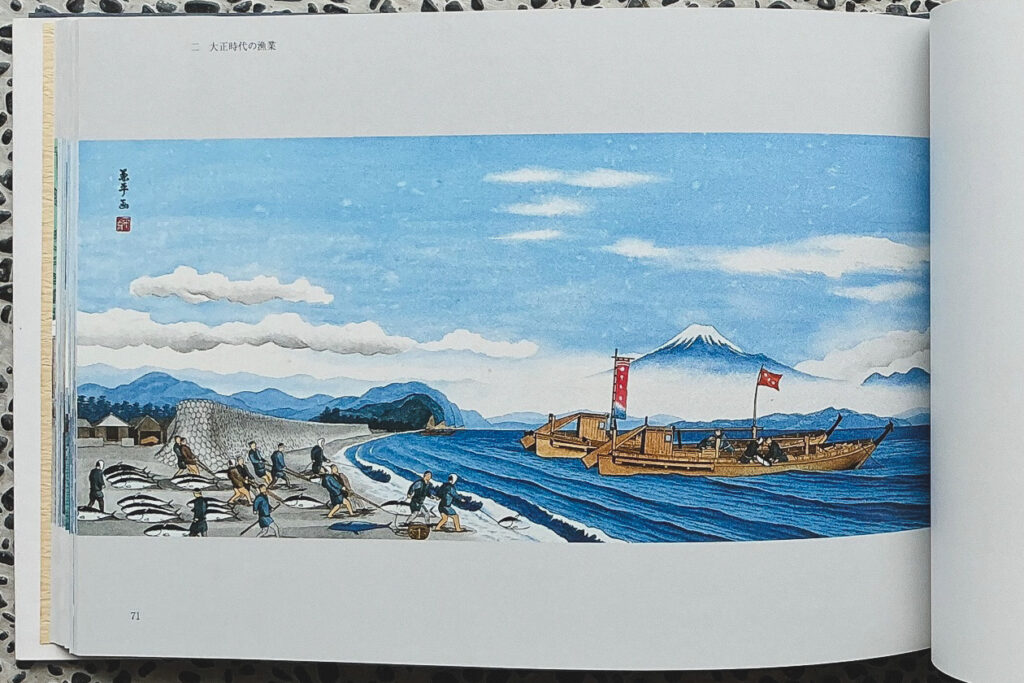
Lucas had intuitively discovered the story and the name tying the whole region together connecting the sea to the mountains. The trial would be one big learning loop, teaching people about the history, culture, geology and the changing economic and natural environment. Walking and talking to the people along the way, sharing stories old and new via the trail and beyond.
After buying Shioyaki Saba (Grilled Mackerel fish) Bagel Sandwiches from a young couple running the Yuruk bagel shop, it was time to leave the coastline. Not before praying our respects at the Nahe Shrine (shrine of anglers) and purchasing lucky amulets(お守り) each embroidered with a different fish. From this Shinto shrine heading inland to the Zen Buddhist temple Rinsoin. Lucas and I open doors and peek through windows into the meditation rooms and discuss the migration of Zen from Japan to America from this very spot thanks to Shunryu Suzuki.
This was Trail Learning, if you take the time to look and listen you can’t help but learn as you walk.
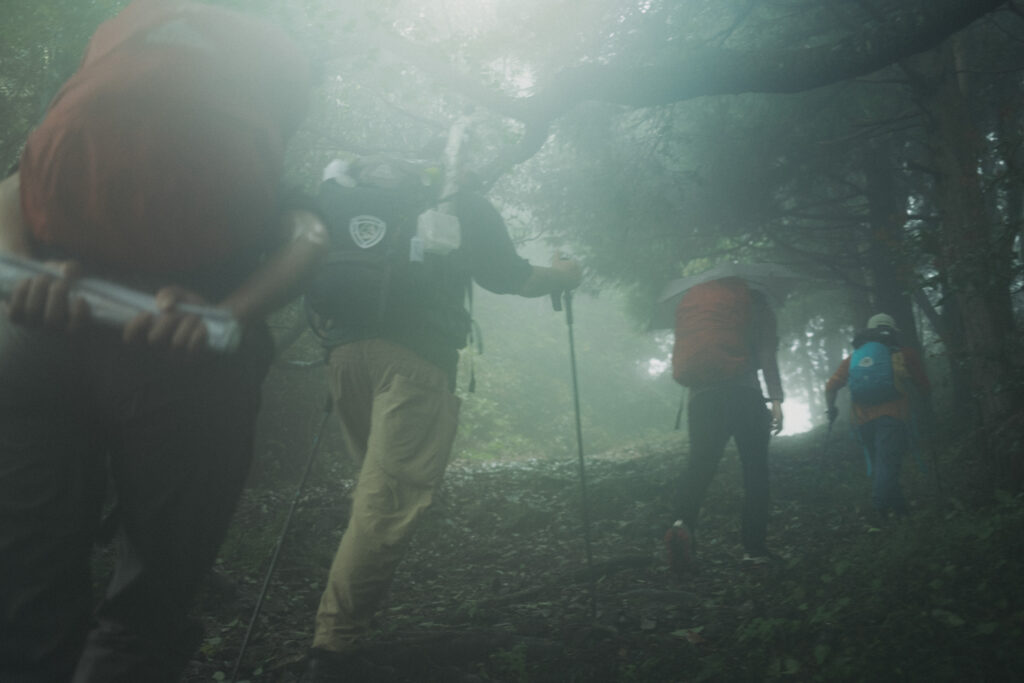
We walked, it rained and we walked some more. Stopping in one service to eat oden and change clothes. Feeling warmer we joined the Tokaido for a while passing through the famous Meiji Utsunoya Tunnel, later a village famous for making fireworks — some roadside signs were shaped like huge rockets. Night befell before arriving at our destination soaked to the skin once more. Bath, food, conversation, a cup of sake and off to bed joking and laughing all the way.
Day 2 — “It’s not a trail if people don’t walk it.”
Breakfast eaten and onigiri packed, with sore legs we set out on day two. It wasn’t long before we found ourselves in conversation with a local grandmother. She told us about the curious round stones unique to Tamatori village and how they were collected after a local “mountain collapsed”.

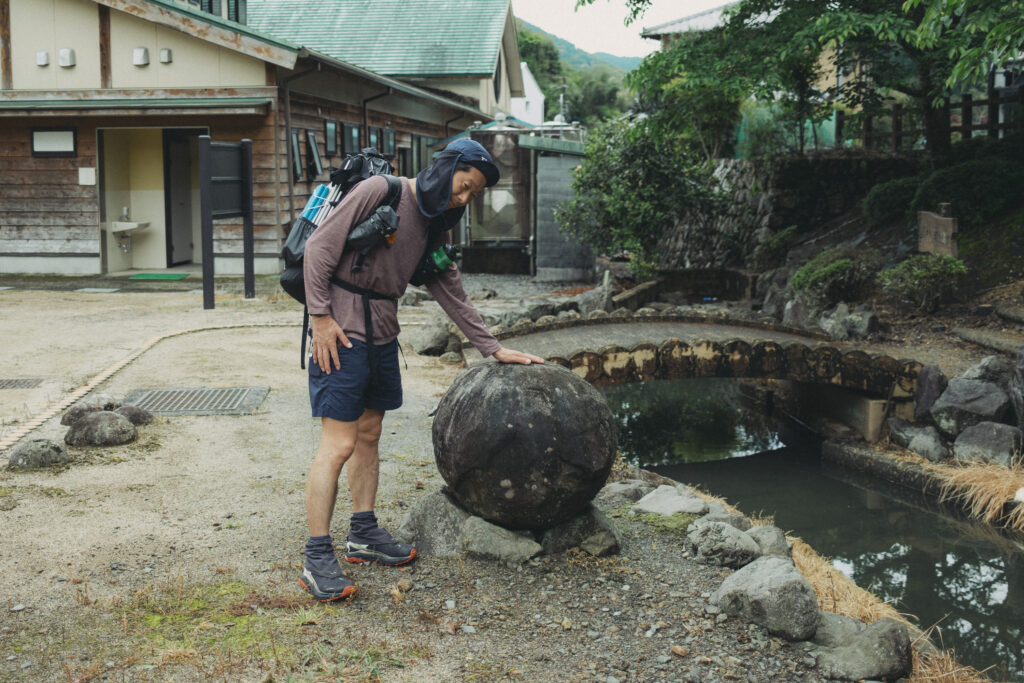
I was trying to imagine a collapsing mountain when we discovered one for ourselves. Our proposed trail along the Tanikurasawa Valley had been washed out by a typhoon two years ago. Not on the scale of the natural disaster creating the round stone phenomenon, but large enough to slow us down. With bridges washed away, leaving us no option but to jump, climb and wade back and forth until reaching an impasse. It was time for plan B.

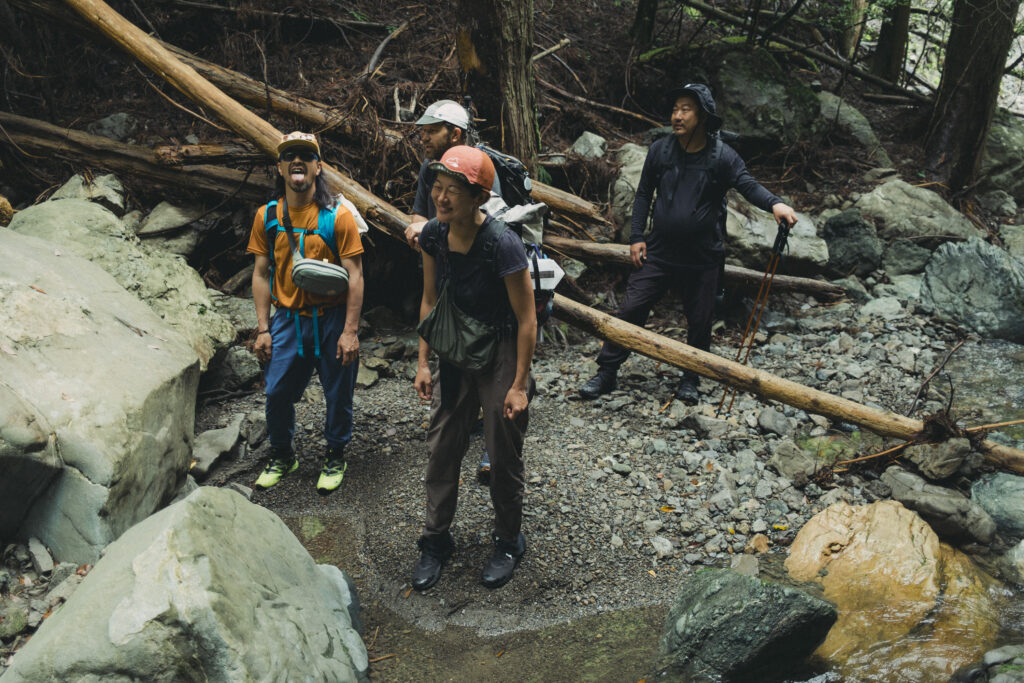
This is why you do exploratory walks. We were deep in the Shizuoka countryside, mountains all around us without a network signal. “I was having the time of my life” I thought, as we retraced our steps out of the valley.
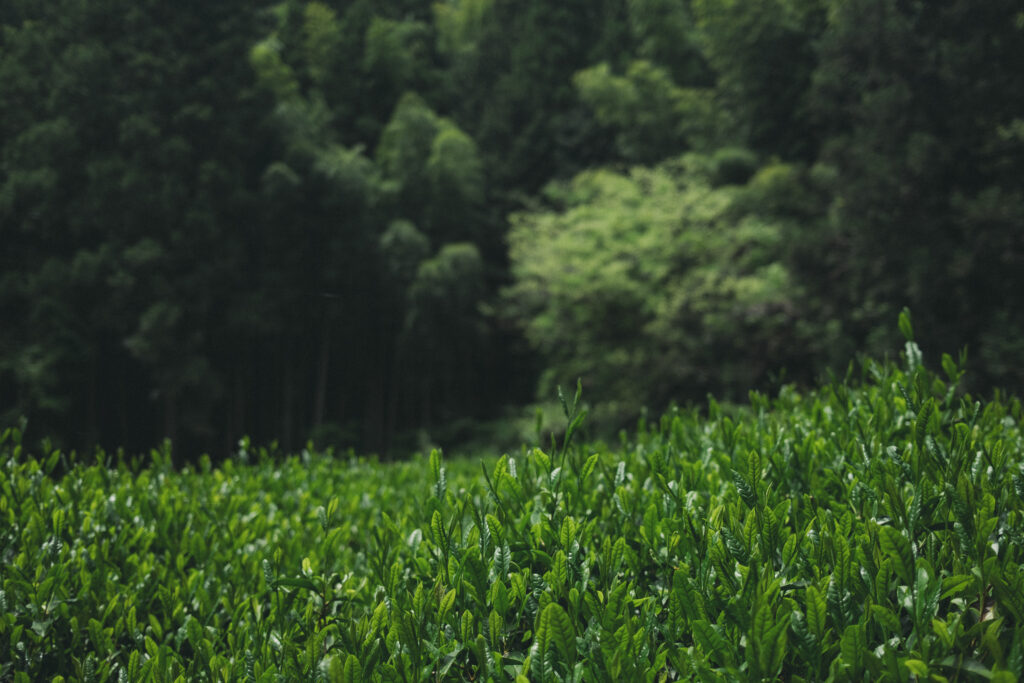
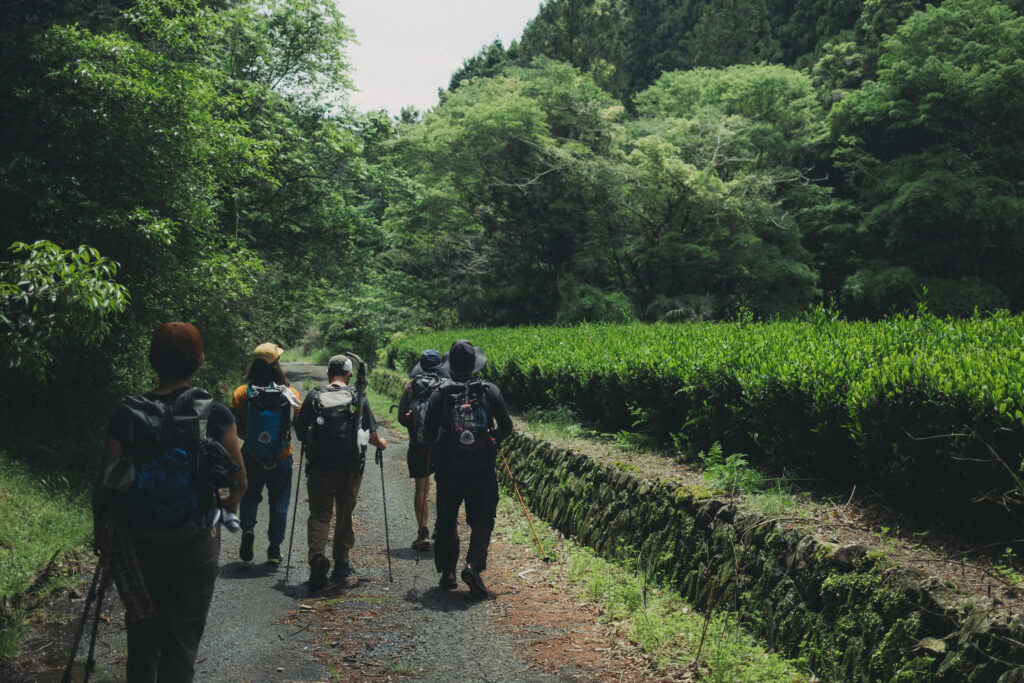
This won’t be our last exploratory walk as there are still many things needing resolve. Obviously re-routing and trail maintenance will be needed; we discovered that today. There are also signs, maps and websites to think about. Lucas mentioned using QR codes linking to information and stories so walkers can learn as they go.
“It’s not a trail if people don’t walk it.” So why walk this trail?
Old trails were walked out of necessity, religious practice, commercial benefit or escaping danger. The infrastructure materialised to support them, as did the media of the time in the form of Utagawa Hiroshige prints to Matsuo Bashō poems. They and others walked the Tokaido and inspired from their experience created memorable ‘media’ still revered today.
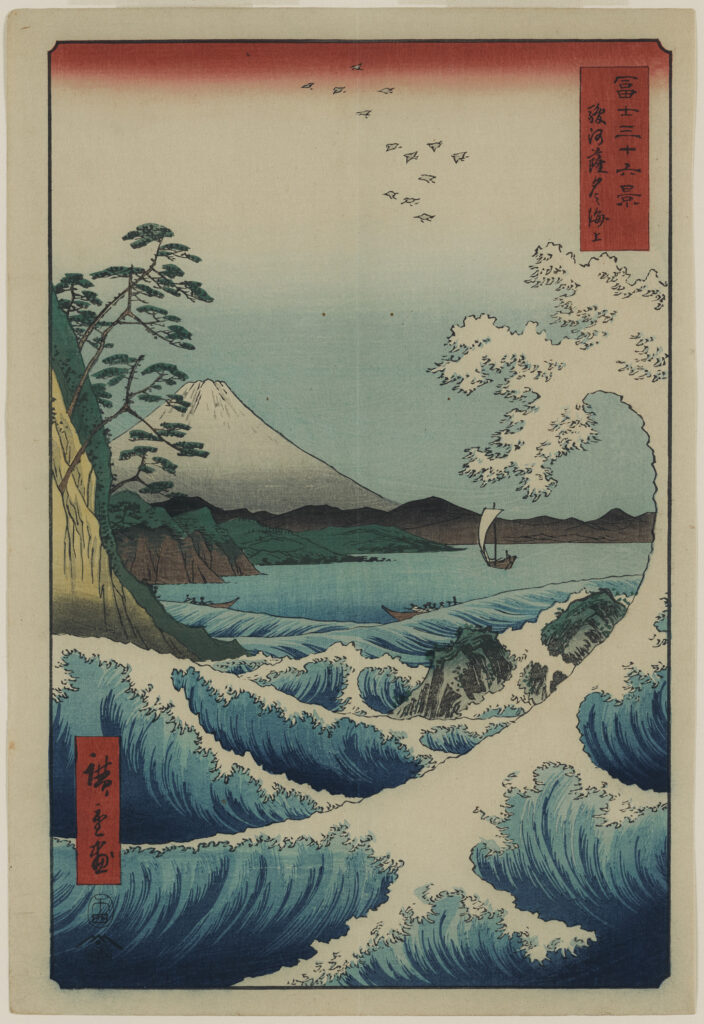
Today’s media is different, but as I’m telling my story to you, so will others in ways unimaginable. If you create a seed of inspiration people will nurture it to grow. The word will spread and people will walk, run and ride the Katsuo Trail. Perhaps campsites and small shops will open and slowly cater to the curious types who dare to accept this challenge. Some will run it in thirty hours, others might do it in an Edo-period-pace seven days. Lucas expects most will take a little longer, perhaps doing one or two days at a time taking a year to complete the learning loop. And why not take your time to explore all that there is to be discovered, because there is an abundance of curiosities around every turn.
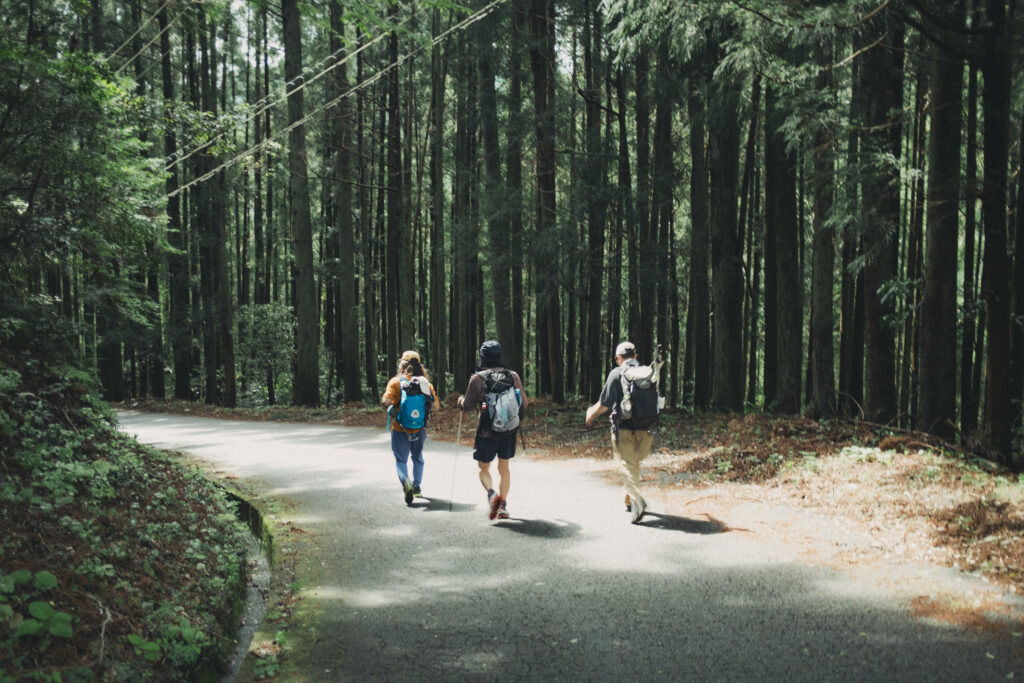
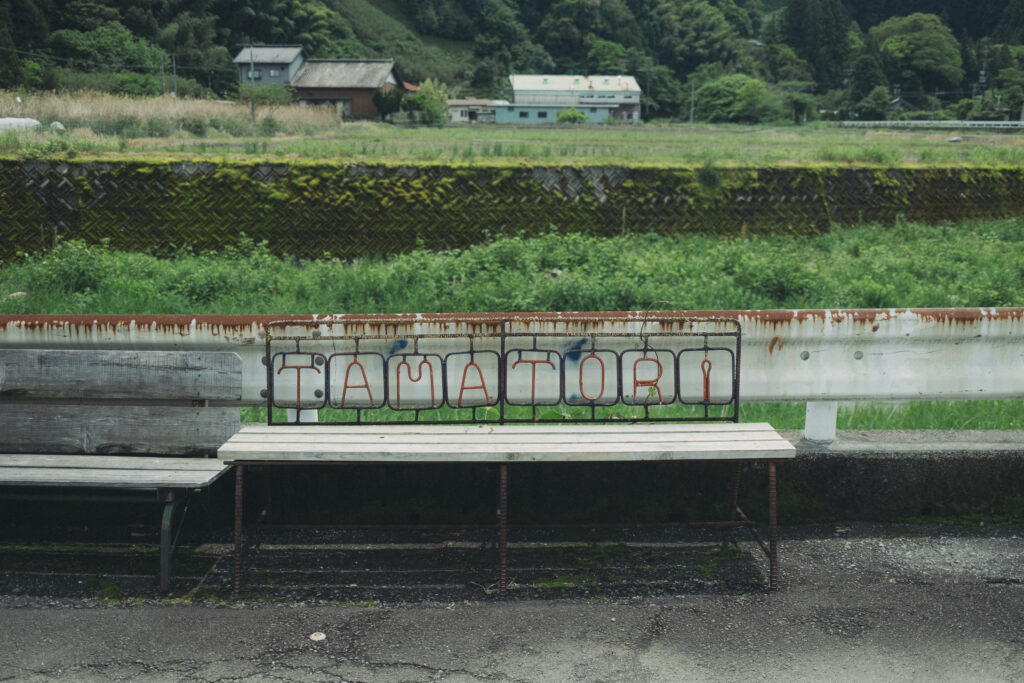
Plan B turned into Plan C and then into D, eventually we found ourselves sitting on a bus stop bench chatting, still joking and eating snacks bought from a mobile convenience store making its rounds.
Luckily it didn’t rain that second day and with luck and kindness we made it to our destination —of course we did. There we were treated to a wonderful celebratory party with local residents. The next morning it was time for me to leave the Katuso Trail, but I couldn’t go without learning one more thing; What did success mean for Lucas? “Being able to spend my time doing what I love while having a positive effect on people and society. Respecting people and creating together – two or three brains are usually more interesting and effective than just one.”
It’s true, Lucas’s seemingly inexhaustible positivity had a profound effect on me. That along with the generosity of our team and the local people I returned home a learned person.
And so it goes…
* If you or your organization is interested in learning more or partnering with the Katsuo Trail in Shizuoka please contact DO lab. at: c[email protected]
If you liked this story you might like to read & subscribe James’ s newsletter.











